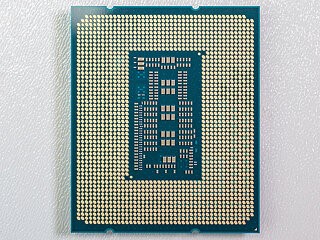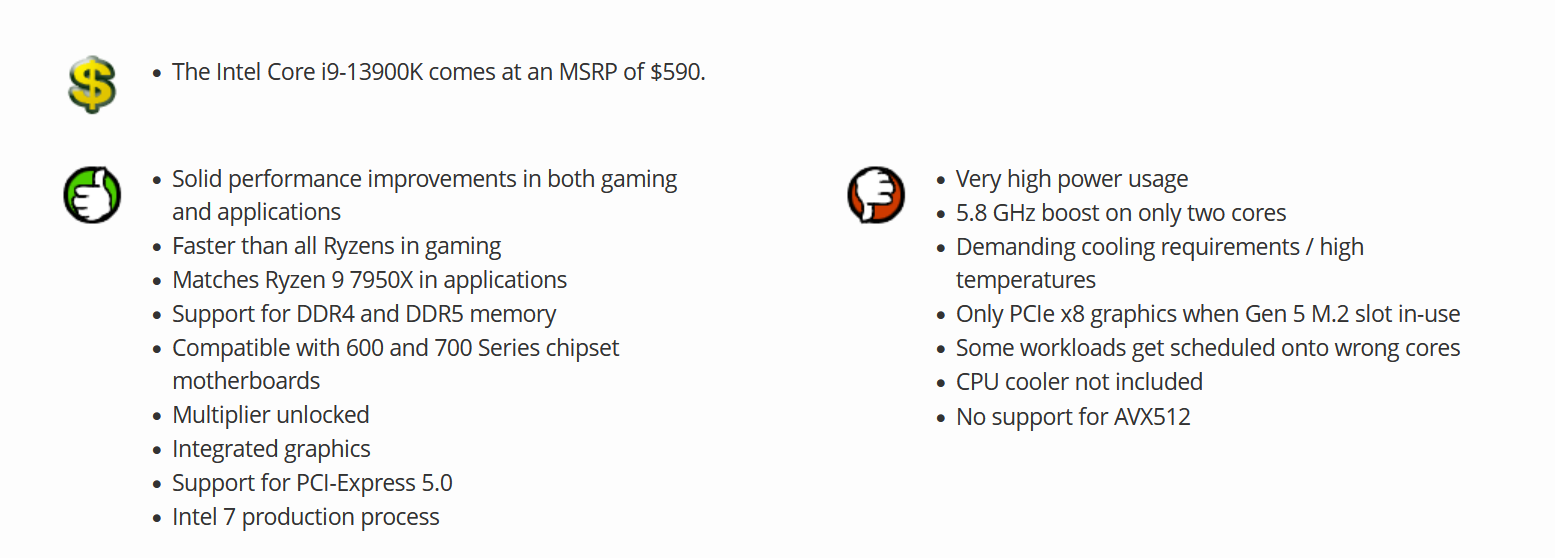Situatie
Solutie
With the 13th Gen “Raptor Lake” desktop processors, Intel is increasing core-counts generationally, but only with the E-core counts. The number of P-core remains the same; although Intel has updated the P-cores themselves with higher IPC. The 13th Gen Core i9 SKUs, such as the i9-13900K in this review, come with 8 P-cores and 16 E-cores (8P+16E), an increase from the 8P+8E configuration of the previous-gen i9-12900K. The 13th Gen Core i7 chips, such as the i7-13700K, will have an 8P+8E loadout, an uplift from the 8P+4E one of the i7-12700K, and matching that of the i9-12900K. The Core i5 K-series gets an upgrade too, which is now 6P+8E, compared to 6P+4E of the previous generation.
The “Raptor Lake” silicon feature eight “Raptor Cove” performance cores that offer higher IPC, as well as operate at significantly higher clock-speeds than the “Golden Cove” cores on “Alder Lake.” The dedicated L2 caches of these cores have been enlarged in size to 2 MB, compared to 1.25 MB of the previous generation. The “Gracemont” E-cores are unchanged in architecture from the previous-generation, although Intel has enlarged their L2 caches, from 2 MB per 4-core cluster, to 4 MB, and increased their clock speeds. The L3 cache shared between P-cores and E-core clusters has been generationally enlarged across the board, it’s 36 MB on the Core i9 chips, 30 MB on Core i7, and 24 MB for the Core i5 K-series.
The new 13th Gen Core desktop processors share the same Socket LGA1700 package as the 12th Gen “Alder Lake,” and are compatible with Intel 600-series chipset motherboards with BIOS updates; although they launch alongside improved 700-series chipset boards, which also let you use older 12th Gen processors with them. The new processors also offer platform flexibility with support for older DDR4 memory, in addition to DDR5, and the PCI-Express setup for the processors is unchanged—16 PCIe Gen 5 lanes for the graphics card, an M.2 Gen 4 slot for CPU-attached NVMe SSD, and DMI 4.0 x8 chipset bus. You will come across 700-series chipset motherboards with Gen 5 NVMe slots, but these slots cut into the x16 PEG lanes meant for the graphics card, making it run at x8 bandwidth (while the Gen 5 M.2 slot is active).
The Core i9-13900K, as we mentioned, leads the raptor pack by maxing out the “Raptor Lake-S” silicon, with its 8P+16E core configuration, the full 36 MB L3 cache, the highest clock speeds, and unlocked multipliers. The P-cores operate at a frequency of 3.00 GHz, and can boost up to a massive 5.80 GHz, while the E-cores run at 2.20 GHz, boosting up to 4.30 GHz. While the processor base power (PBP) value of the processor is unchanged at 125 W, its maximum turbo power (MTP) has been increased to 253 W from the 241 W of the 12900k. Intel is pricing the Core i9-13900K aggressively, at USD $590, which would place it bang in the middle of the AMD Ryzen 9 7000-series “Zen 4” lineup, which is led by the $700 7950X. If you can live without integrated graphics, the Core i9-13900KF is for you—it’s practically identical to this chip, but lacks integrated graphics, and is cheaper by $25.
The “Raptor Lake” microarchitecture, as we mentioned, is the swansong of monolithic silicon client processors for Intel. Future generations will implement the IDM 2.0 product design, and will be multi-chip modules with chiplets built across various foundry nodes. The “Raptor Lake” silicon is fabricated on the same Intel 7 (10 nm Enhanced SuperFin) foundry node as the previous-gen “Alder Lake,” although Intel claims to have squeezed out a handful of improvements, such as better electron channel mobility, which can let both the P-cores and E-cores gain increases in clock speeds by as much as 600 MHz over the previous-generation, and minimally higher power. The transistor-density is unchanged, since it’s the same the node. The “Raptor Lake” die measures 23.8 mm x 11.8 mm (257 mm² die-area).
The Core i9-13900K processor package looks like the 12th Gen processor package, as it shares the same LGA1700 socket. It’s backwards-compatible with 600-series chipset motherboards with a BIOS update.



